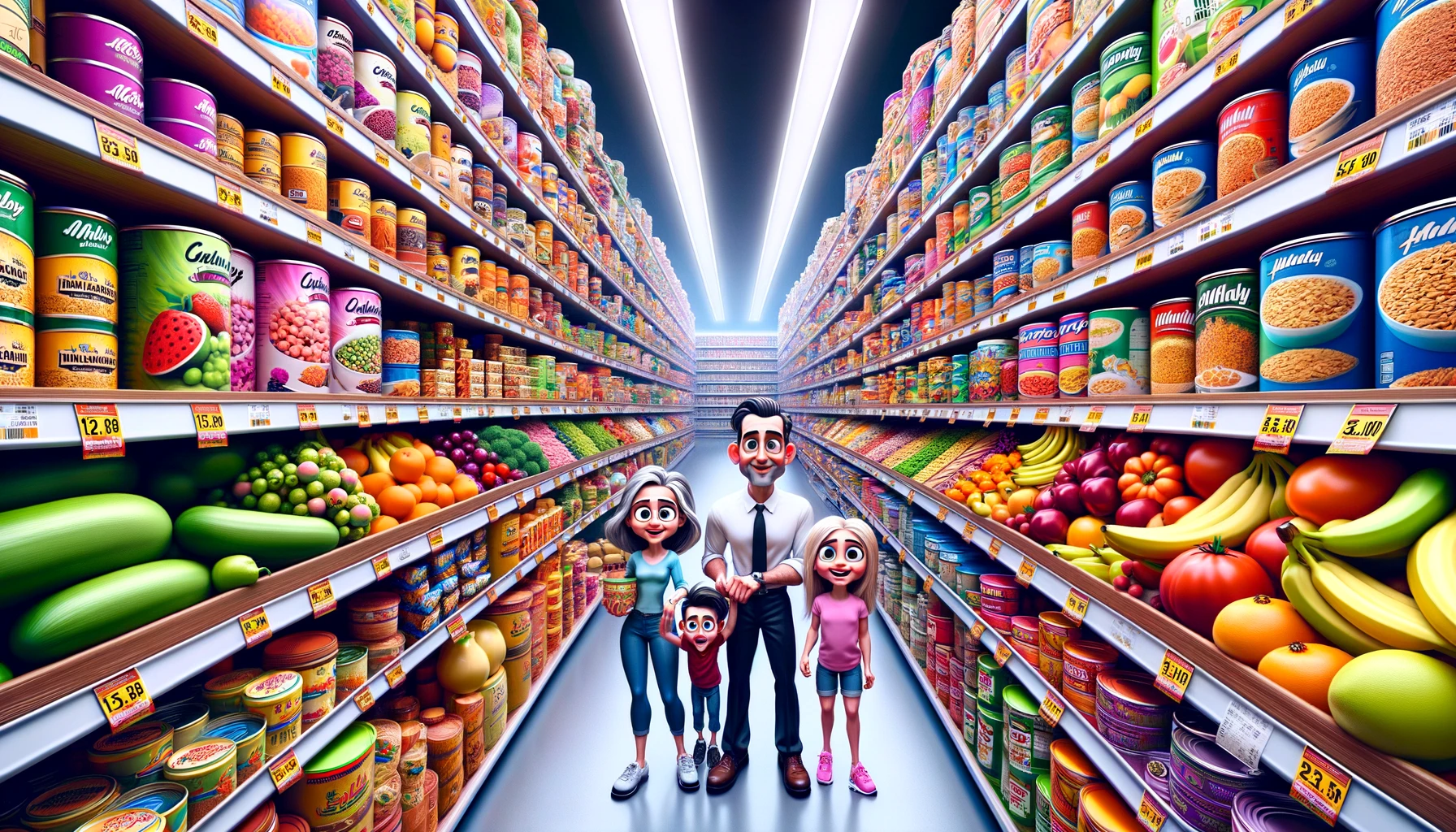Navigating the Aisles: Grocery Store Pricing Tricks and How to Beat Them
The Charm of the .99
Ever wondered why prices often end in .99 instead of rounding up? This tactic, known as "charm pricing," leverages the psychological impact of pricing that just barely dips below a round number. Our brains process $2.99 as significantly less than $3.00, even though the difference is a mere penny. The subliminal message? A better deal.
Counter Strategy: Round up the prices in your head. Viewing $2.99 as $3 (and so on) can help you assess the real value of what you're buying and make more rational decisions.
The Illusion of Bulk Bargains
Bulk deals (e.g., "buy one, get one free" or "three for $5") give the impression of unbeatable savings. However, they often encourage purchasing more than you need, leading to wasted products and money.
Counter Strategy: Always calculate the unit price. Sometimes, buying in bulk is a genuine saving, but other times, you might find that the unit price is higher or barely less than buying a single item.
Strategic Product Placement
High-margin items and brand collaborations often find their way to eye-level shelves, where they're more likely to catch your attention. Conversely, store brands and less expensive options are placed on lower shelves, requiring you to look harder.
Counter Strategy: Take the time to scan the top and bottom shelves. Often, you'll find the same products at a fraction of the cost simply because they're out of immediate sight.
The Perimeter Perusal
Grocery stores commonly place essential items like dairy, bread, and produce around the store's perimeter. This layout forces consumers to traverse multiple aisles—past numerous temptations—just to grab the basics.
Counter Strategy: Stick to a shopping list. By making a list and committing to it, you can reduce the chances of impulsive buys as you make your way to the essentials.
Sensory Manipulation
Ever noticed the smell of freshly baked bread or the sight of ripe, colorful produce as you enter a store? These sensory cues are designed to make you hungry and more inclined to purchase on impulse.
Counter Strategy: Never shop hungry. Eating before you go to the store can significantly reduce impulse buying, helping you stick to your list and budget.
Flashy Sale Signs
Brightly colored sale signs can give the illusion of a deal, even when the savings are minimal or the price has been inflated beforehand to make the discount look more significant.
Counter Strategy: Know your prices. Keeping track of what items usually cost can help you identify genuinely good deals and avoid being swayed by flashy marketing.
By understanding these tactics, you're better equipped to make informed decisions, resist marketing ploys, and ultimately save money on your grocery bills. Remember, knowledge is power—especially when it comes to navigating the strategic setup of grocery stores.
Loading random blog post...
